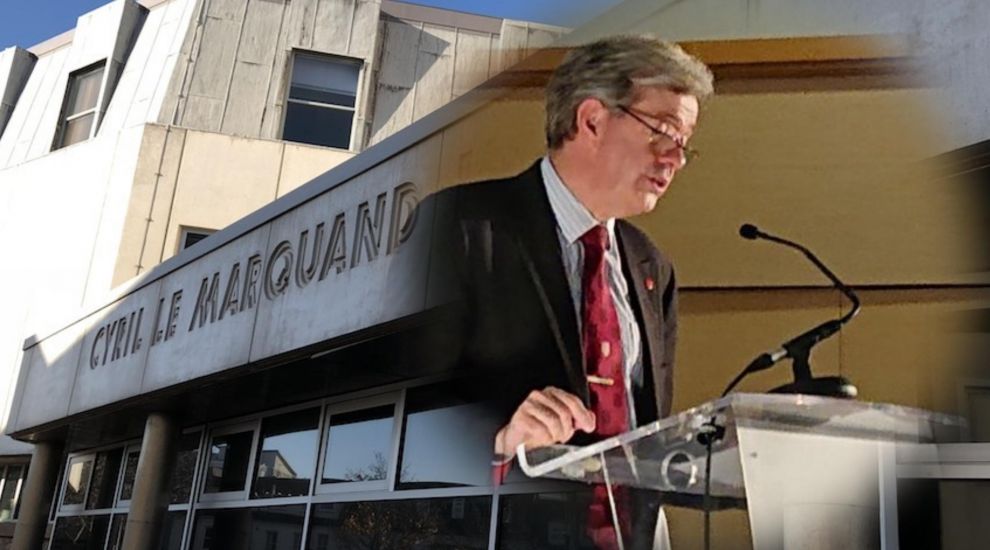

The Chief Minister has refused to estimate how many public sector workers could lose their jobs as the States aim to plug a projected £30million black hole in their finances, stating that to do so would only cause “undue worry."
Senator John Le Fondré first revealed the forecast shortfall in a speech back in October.
At the time, he said that the States was carrying around 600 vacancies – equating to a combined salary of around £24million – and that managing these would be key to making savings.
The finding was later referred to by States Chief Charlie Parker, who told public sector workers “there is no more money” as he refused inflation-level pay rises – many of whom are now working ‘to rule’ and are poised to strike this Friday.
Amid these tensions, Deputy Geoff Southern, who has backed unions’ calls for such rises, urged the Chief Minister to reveal the scale and nature of redundancies being considered.

Pictured: Deputy Geoff Southern asked the Chief Minister about the number of redundancies expected.
In a written question, he asked whether the 6,500-strong workforce was set to shrink by 800 to 1,000 posts, what the target saving for salaries was and whether this would lead to a reduction in the number and quality of “front-line services."
But the Chief Minister declined to speculate on this until a ‘Target Operating Model’ – a detailed plan on how the government should ideally work – was completed in the New Year.
“…While work continues to improve our public services, it would be wrong, and potentially cause undue worry, to try to place a figure on changes staffing levels,” Senator Le Fondré explained.
Nonetheless, he added that savings would not only be achieved through “headcount management”, but also “better commercial contract management, consolidating assets, improving automation and online services, rationalising 'back-office' processing, and reducing layers of management."
He said that this would “deliver better value for money” and “protect front-line services by investing where money is needed most."
However, the response may not be wholly satisfactory for those who are placing pressure on the Chief Minister to wade into the pay dispute debate, which has been so far led by Chief Executive Charlie Parker and Chair of the States Employment Board, Tracey Vallois.

Pictured: The need to make £30million savings has been referenced by States Chief Charlie Parker as a reason why pay rises in line with inflation are not possible.
The pair have explained that no budget is available for pay rises in line with inflation, but unions have denied this is the case, stating that £51million made in savings over recent years could be used to solve the long-running row.
Those savings can’t currently be accessed because the States’ budgeting model makes it difficult for money to be moved around, which has led to calls for the law to be changed from union members, backbenchers and now members of a Scrutiny panel led by Senator Kristina Moore.
In a report analysing the Budget 2019 proposals, published today, the Corporate Services Panel said that the Minister for Treasury should bring forward proposals to amend the previous Medium Term Financial Plan to resolve the “pressing issue” of public sector pay.
The suggestion appears to echo plans brought forward by Deputy Geoff Southern, which politicians will be asked to vote on this week. It is unclear whether Senator Moore’s panel will back these.
Comments
Comments on this story express the views of the commentator only, not Bailiwick Publishing. We are unable to guarantee the accuracy of any of those comments.